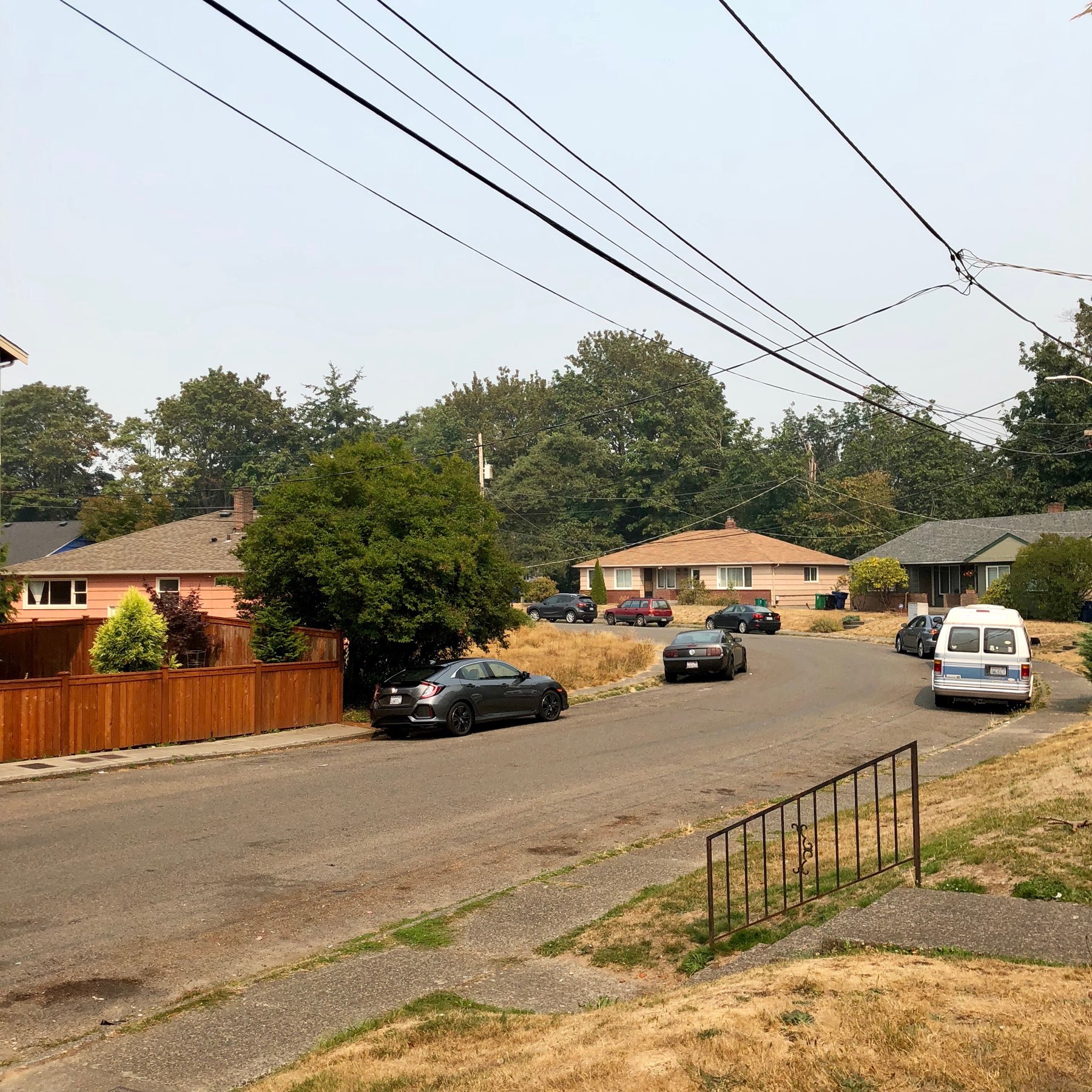Reversing a Swift String in Place
One of the interview questions at my old job we’d ask sometimes was to reverse a string in place; usually using C or Java. After conducting an interview one time, I decided to rewrite it in Swift. Here’s what I came up with:
func reverse(string: inout String) {
var i = string.startIndex
var j = string.index(before: string.endIndex)
while i < j {
let first = string[i]
let second = string[j]
string.remove(at: i)
string.insert(second, at: i)
string.remove(at: j)
string.insert(first, at: j)
i = string.index(after: i)
j = string.index(before: j)
}
}
var str = "12345"
reverse(string: &str)

